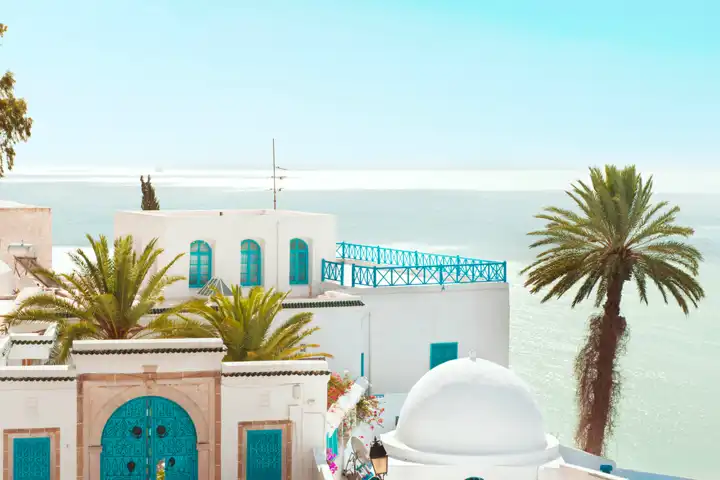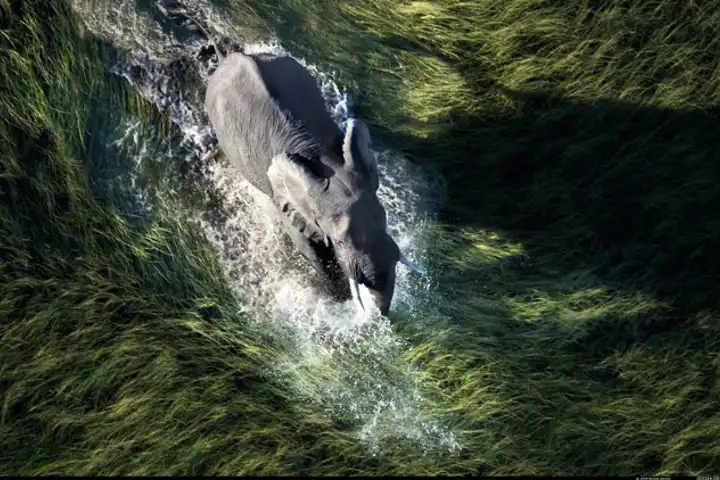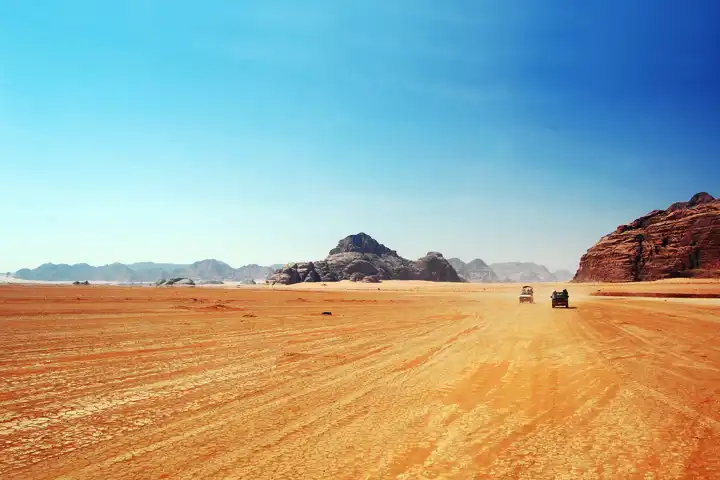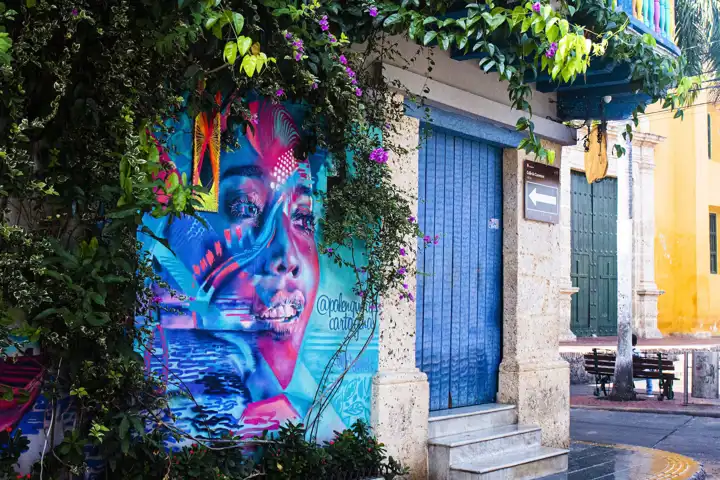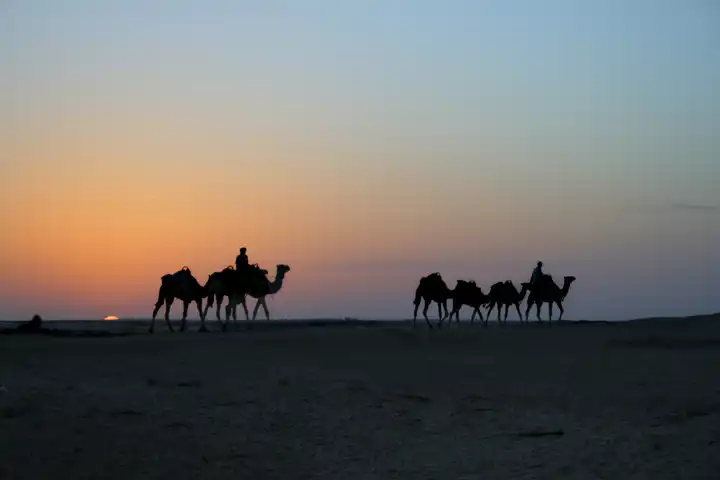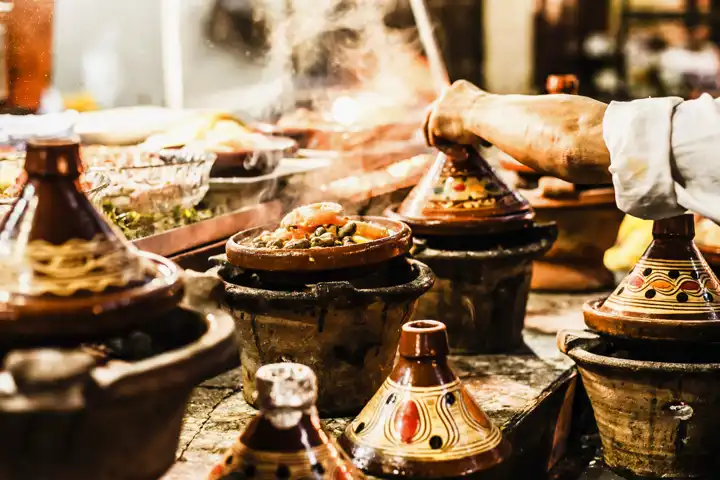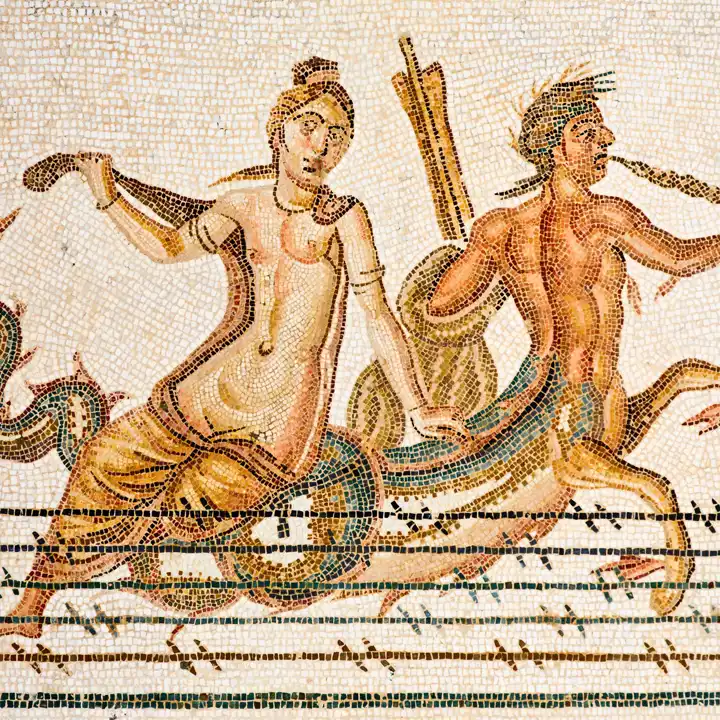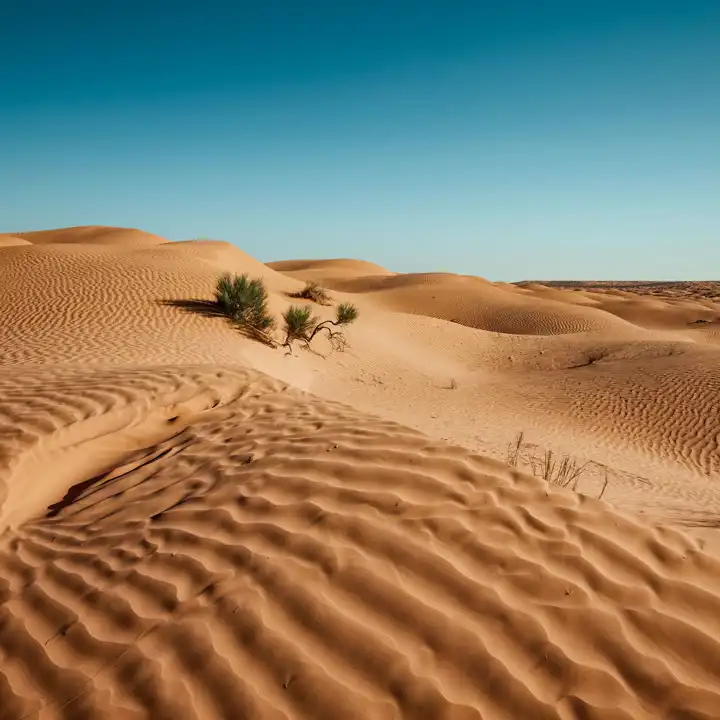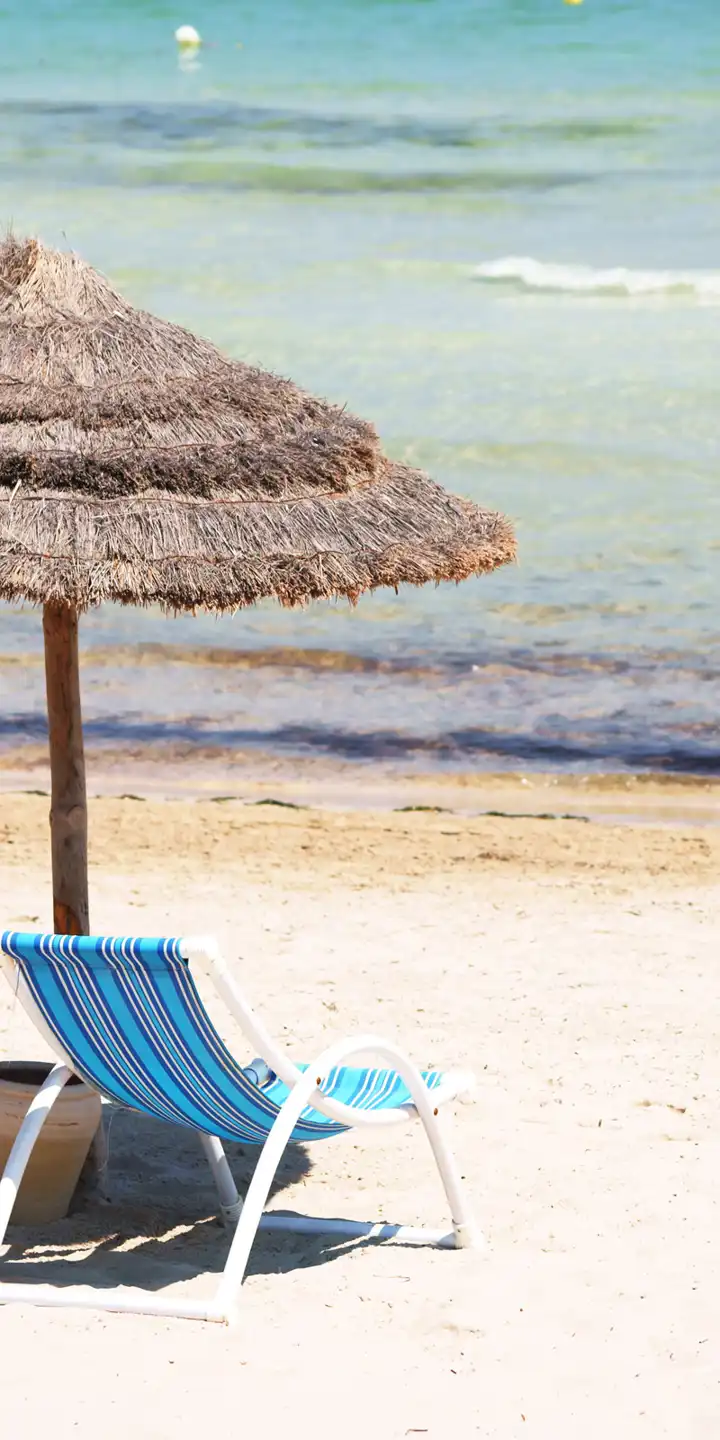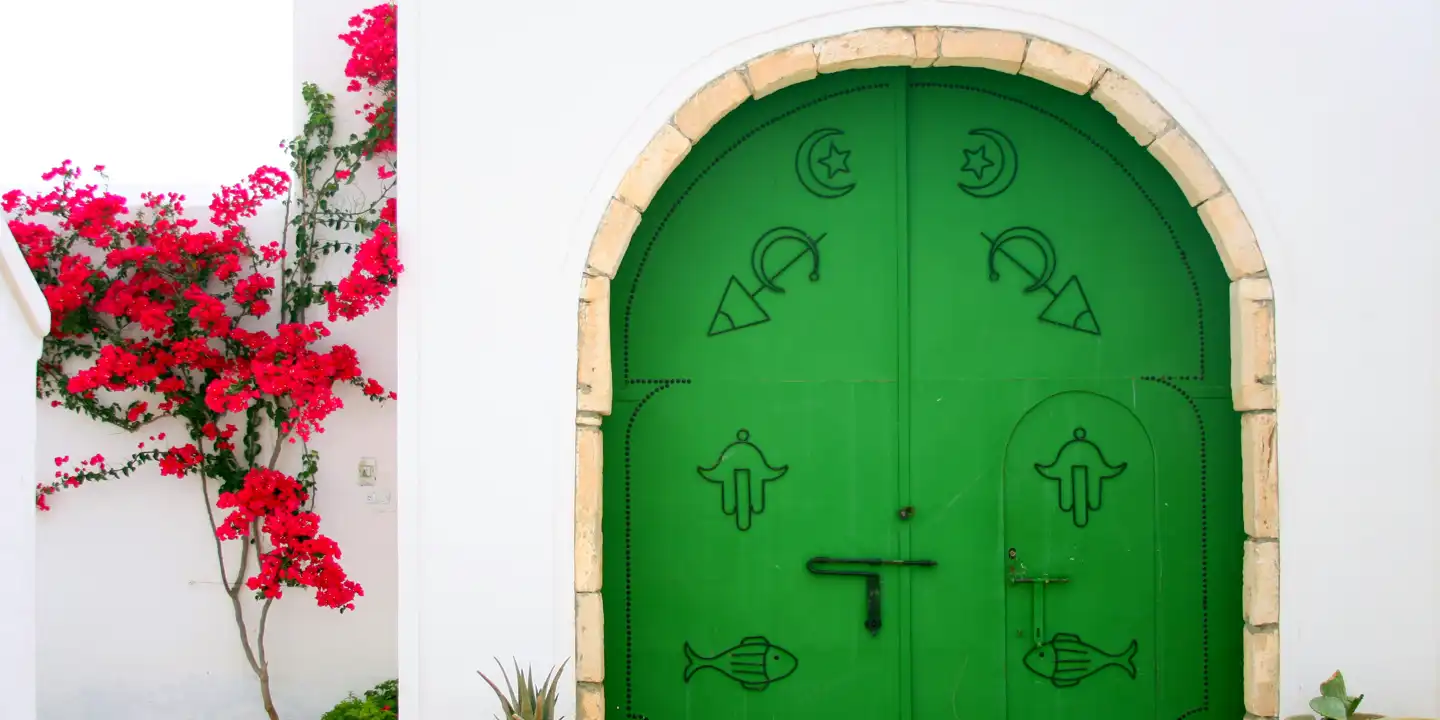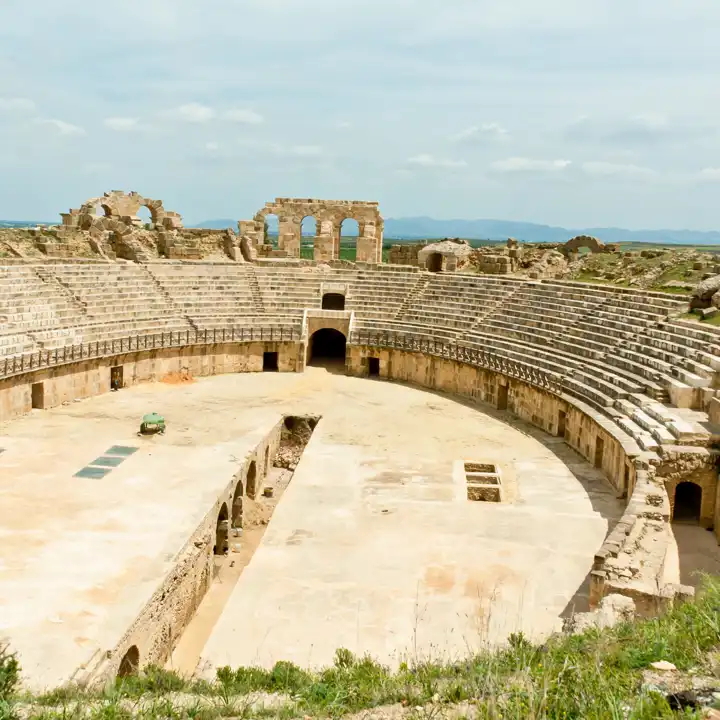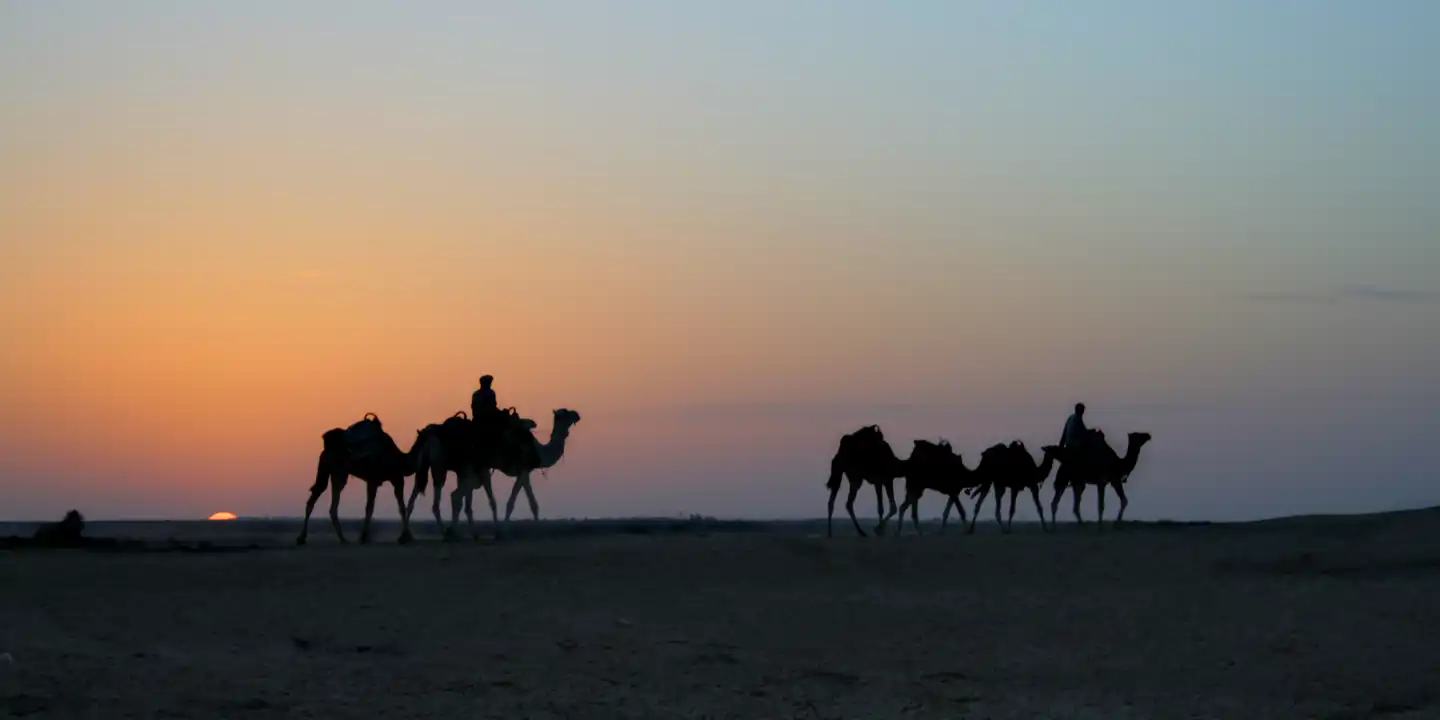Tunisia
A Surprising Gem of Natural and Historical Riches
Tunisia
Once a popular destination on the shores of the southern Mediterranean, Tunisia left the minds of many travelers for years. Today its popularity is emerging, and the North African country is showing off its treasures once again. Experience them for yourself with luxury Tunisia travel from Ker & Downey.
Coastal Charms
Tunisia’s most obvious appeal is its coast, brimming with sandy beaches and perfectly clear seas. The island of Djerba is a haven of colorful, quirky street art. Impossibly turquoise water awaits in the Kerkennah archipelago. Traditional whitewashed homes are cooled by fresh sea breezes. Green palm fronds sway in contrast with the dusty-colored courtyards. And while its coast is a natural draw, Tunisia reveals much more beyond it.
Fascinating Archaeological Sites
Carthage, an area north of the country’s capital city Tunis, was founded by the Phoenician Queen Elissa in 814 BC. At one time, the Carthaginians controlled a network of trading from Spain to Sicily. Although abandoned in the third century, Kerkouane’s pre-Roman Punic history is well preserved. In Dougga’s archaeological site, crumbling Roman columns sprout stubbornly from the ground, hinting its former opulence. But the most impressive Roman-era building is the Coliseum in El Djem, a UNESCO-listed amphitheater with space for 35,000 spectators.
Eclectic Influences
Tunisia’s unique location near the Middle East and Europe has resulted in a wide, eclectic array of influences on its culture, architecture, and cuisine. Muslim refugees from Andalusia, Italian craftsmen, Jewish settlers, French colonizers, and Turkish soldiers have contributed to Tunisia over the years. Galleries and museums proudly display the land’s immense creativity and beauty across cultures and centuries. It’s also not uncommon to see Art Nouveau, Art Deco, high stone walls, and black and white marble domes and curves standing side-by-side. In particular, Islamic architecture is a visual feast for the eyes as well as a beacon for the faithful. Outside the cities the Sahara’s silent expanses of dunes stretch for miles. Date palm forests and tiny desert towns are oases in the dry landscape. The Berber way of life is rooted in this region, waiting to be uncovered by you and your private Ker & Downey guide.
Experience Luxury Tunisia Travel
with Ker & Downey
Tunisia is a surprising gem where you can experience both natural and historical riches. Explore them all on your own customized Ker & Downey Tunisia vacation. Contact a Ker & Downey travel expert today to start planning.

